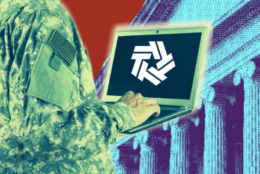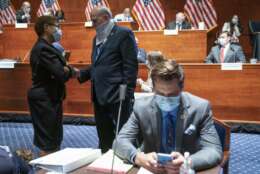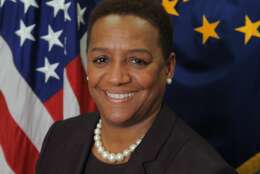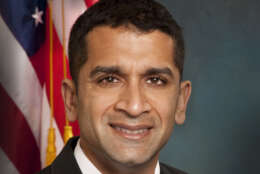IT Modernization
-
Since April, the Veterans Affairs and Defense Departments have been fielding what they call bi-directional health records sharing with outside healthcare providers.
June 23, 2020 -
Right before the fifth anniversary of FITARA, VA gave its chief information officer the control over all IT spending across departments, leaving just four other CIOs without the same clout.
June 23, 2020 -
Thresher CEO Becky Fair joins host John Gilroy on this week's Federal Tech Talk to discusses artificial intelligence and how her company is helping federal agencies develop data for machine learning.
June 23, 2020 -
Essye Miller, the principal deputy chief information officer at DoD, is retiring from federal service on June 30 after more than 35 years in government.
June 19, 2020 -
Proxy voting with or without quorum, video hearings, limiting member travel and maintaining social distancing at the Capitol have required lawmakers to reconsider the long-term viability of some well-established practices.
June 18, 2020 -
By squeezing efficiencies from IP and telecom networks, many agencies can realize significant cost savings while continuing to serve the public and the mission of the agency, while embedding into their core operations new capabilities for networking, security and bandwidth.
June 17, 2020 -
Essye Miller, the Defense Department's first black female principal deputy CIO is retiring. This week she joins host Aileen Black on Leaders and Legends to share her experience and wisdom about leadership.
June 17, 2020 -
Agencies made the transformation during the pandemic emergency in a short amount of time and now they have to figure out how to continue this momentum.
June 16, 2020 -
Federal agencies are updating their infrastructures with the goal to better support improved operational efficiency, user productivity and digital services deployed to the public.
June 16, 2020 -
ACT-IAC released a new case study highlighting best practices and lessons learned for agencies as they implement the technologies under the Enterprise Infrastructure Solutions (EIS) contract.
June 16, 2020 -
A lawmaker on the Homeland Security and Governmental Affairs Subcommittee on Federal Spending Oversight and Emergency Management, asked 10 agencies about each of their IT modernization strategies, systems in most need of modernization and other challenges.
June 15, 2020 -
In today's Federal Newscast, the Chief Information Officers Council says government needs a new pay and personnel system to better recruit and compensate the future federal IT workforce.
June 11, 2020 -
Vijay D’Souza, GAO’s director of Information Technology and Cybersecurity, said agencies have to consider their various business processes and what could impact them, then what can be done to offset those impacts and keep operations moving smoothly.
June 11, 2020 -
The Department of Veterans Affairs said it needs a six-month supply of personal protective equipment and other medical supplies to adequately handle a second wave of the coronavirus pandemic, but it has a 30-day supply on hand today.
June 10, 2020 -
Shifting the majority of the federal workforce to telework overnight forced agencies to improve capacity, and shift workloads, applications and data to the cloud on a massive scale in the name of continuity of operations.
June 09, 2020














